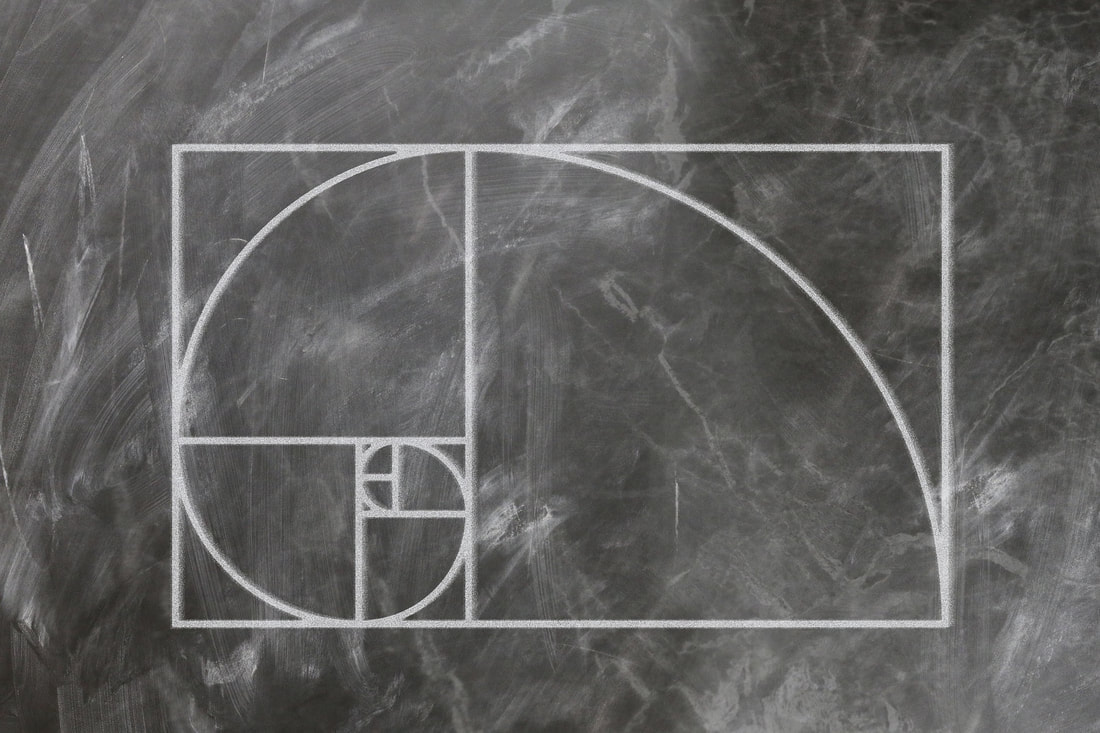|
Humans innately search for meaning, often represented through personal timelines. The Fibonacci Lifechart provides an innovative lens to study synchronicity, merging mathematical modeling with stringent scientific standards. In a 2018-2019 research project, "The Predictability of Synchronicity," I compared synchronicity experiences of Jungian analysts with Fibonacci time patterns. With the hypothesis that synchronicity is a fractal resonance between the brain and environment, I expected a correlation. The findings, featured in the International Journal of Psychological Studies (Sacco, 2019), suggest that these coincidences might indeed be fractal resonance occurrences. Simply put, fractals are universal patterns reflecting energy and information exchanges. These patterns, underpinned by the Fibonacci series and the golden ratio, hint at a transfer of resonant frequencies beyond our usual realm. Echoed in everything around us, this resonance might explain life's profound coincidences. With life's essence potentially in these frequencies, and consciousness possibly anchored in the golden ratio's fractals (Pletzer et al., 2010), further research is essential to decode the true influence of these patterns on our lives. The Fibonacci LifechartThe Fibonacci sequence, a pattern evident in nature from seashells to galaxies, is deeply intriguing. Found in DNA, brain waves, and even the stock market, this sequence, alongside the golden ratio, holds mystery and potential. Might it also pave the way for studying synchronicity? Carl Jung, in a 1956 letter, pondered this very idea. Jung viewed the Fibonacci sequence as a link between mind and matter, essential for deciphering synchronicity (Jung, 1976). Influenced by quantum physicist Wolfgang Pauli, Jung's perspective on Fibonacci was unique, yet largely overlooked in synchronicity research. It's only now that its relevance in human development is being probed. During my psychotherapy practice, I stumbled upon a mathematical framework: The Fibonacci Lifechart, inspired by John Waskom and Norman Rose's exploration of Fibonacci's stages in human growth. Crafting this Lifechart, I delved into world religions, philosophies, and psychology, examining teachings from Taoism to Plato and insights from Jung to Erikson. In 2013, I showcased how the Fibonacci sequence could predict pivotal life events and phases (Sacco, 2013), like puberty, happiness peaks, and spirituality. My research juxtaposed two mathematical synchronicity models, suggesting synchronicity stems from a synergy between micro and macro dynamics. The Fibonacci sequence's nonlinear growth can symbolize both sequence and circularity. This circularity is subtly woven into Fibonacci, exemplified by the 5th number being five and the 12th being 144 (12x12). The Fibonacci Life Chart Method (FLCM) postulates that the brain and environment harmoniously resonate due to shared fractal geometries based on the golden ratio. This mutual resonance might be the seed for meaningful coincidences. World’s First Scientific Proof of Synchronicity?In January 2018, over a friendly chat, Bernard Beitman and I discussed starting a Journal on Coincidence. Bernard was all ears and really encouraging. But as we delved deeper, we realized that many existing journals didn't have much research on meaningful coincidences. Rather than starting from scratch, Bernard supported my curiosity to explore a theory I had: the connection between Fibonacci patterns and synchronicity. It was a delightful exchange of ideas, and I was grateful for his backing. In February 2018, I launched the Synchronicity Survey targeting the International Association for Analytical Psychology (IAAP) members. The goal was to explore the alignment between Jungian analysts' synchronicity experiences and Fibonacci time patterns. This was my investigation into the correlation of Fibonacci time patterns with synchronicity. Impressively, Fibonacci timelines mirrored theoretical synchronicity predictions within a ±34 days margin. Simple surveys, often overlooked, have shed light on understanding synchronicity. However, the results warrant cautious interpretation. Notably, the study highlighted significance at a 10% level, deviating from the conventional 5% standard. While some see merit in this (especially with limited sample sizes), others argue for discarding p values as sole significance markers (Wasserstein, Schirm, & Lazar, 2019). The small sample size—41 synchronicity instances among 18 participants—further calls for expanded research. The study's select demographic—Jungian analysts more attuned to meaningful coincidences—might limit its broader applicability. Personality traits, potentially correlated with demographic attributes, might influence synchronicity experiences. Identifying these traits could boost the predictive accuracy of the Fibonacci Lifechart. Yet, it's undeniable: Fibonacci algorithms and surveys are transforming synchronicity research. Emerging fields like quantum computing and biology are reshaping our universe's understanding, blending science with spirituality. Personally, the Fibonacci Lifechart has spurred my growth, and I'm delighted to share this tool. It's freely accessible at www.fibonaccilifechart.com. ReferencesJung, C. G. (1976). Letters of C.G. Jung (Vol. 2). London: Routledge and Kegan Paul.
Livio, M. (2008). The golden ratio: The story of Phi, the world’s most astonishing number. New York, NY: Broadway Books. Pletzer, B., Kerschbaum, H. & Klimesch, W. (2010). When frequencies never synchronize: The golden mean and the resting EEG. Brain Research, 1335, 91-102. https://doi.org/10.1016/j.brainres.2010.03.074 Sacco, R.G. (2013). Re-envisaging the eight developmental stages of Erik Erikson: The Fibonacci Life-Chart Method (FLCM). Journal of Educational and Developmental Psychology, 3(1), 140–146. https://doi.org/10.5539/jedp.v3n1p140 Sacco, R. G. (2019). The predictability of synchronicity experience: Results from a survey of Jungian analysts. International Journal of Psychological Studies, 11(3), 46-62. https://doi.org/10.5539/ijps.v11n3p46 Wasserstein, R. L., Schirm, A. L., & Lazar, N. A. (2019). Moving to a world beyond “p< 0.05”. The American Statistician, 73(sup1), 1-19.
0 Comments
|


 RSS Feed
RSS Feed